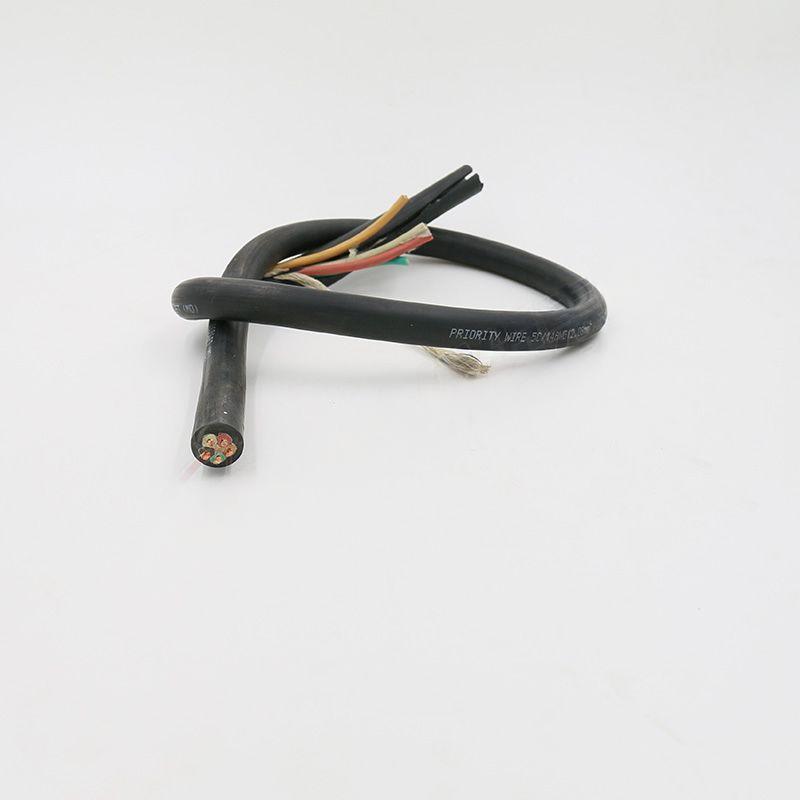Nov . 16, 2024 00:19 Back to list
wafer and lugged butterfly valve
Understanding Wafer and Lugged Butterfly Valves Key Features and Applications
Butterfly valves are widely used in various industrial applications due to their simplicity, reliability, and space-saving design. Among the different types of butterfly valves, wafer and lugged designs are particularly notable for their unique mounting styles and operational characteristics. This article aims to shed light on these two types of butterfly valves, their features, and their appropriate applications.
Wafer Butterfly Valves
Wafer butterfly valves are designed to be installed between two flanges, making them a compact and lightweight solution for controlling fluid flow. Their structure incorporates a central disk that rotates around a shaft, which allows for quick and efficient opening and closing of the valve. One of the defining features of wafer valves is that they do not have external flanges; instead, they rely on the clamping force of the flanges on either side to hold the valve in place.
This unique design offers several advantages. First and foremost, wafer butterfly valves are generally more affordable than their lugged counterparts, making them a preferred choice for many projects where budget constraints are a significant concern. Additionally, their lightweight nature leads to easier installation and maintenance.
However, it's important to note that wafer valves require a full flange on both sides for mounting, which might limit their compatibility in specific applications, especially in existing pipelines where flanged connections may not be available.
Lugged Butterfly Valves
wafer and lugged butterfly valve

Lugged butterfly valves, on the other hand, feature lugs or ears on their body, allowing for independent mounting between flanges. Each lug has threaded holes that enable the valve to be bolted directly to the flanges of the pipe, making them ideal for services where the valve may need to be removed without taking apart the entire piping system.
This ease of removal is one of the main advantages of lugged butterfly valves. In scenarios where maintenance is crucial or where line modifications may be necessary, lugged valves provide a significant advantage, as they allow for easier isolation of the valve from the pipeline.
Lugged butterfly valves also excel in applications where space is limited since they can be installed in tighter spaces than traditional flange-mounted valves. However, they tend to be more expensive than wafer valves and may require more robust structural support due to their weight.
Applications
Both wafer and lugged butterfly valves find usage in a variety of environments, including water treatment facilities, HVAC systems, chemical processing plants, and oil and gas applications. The decision on which valve to use often hinges on factors such as installation space, maintenance requirements, and budget constraints.
In conclusion, both wafer and lugged butterfly valves have their unique features that cater to specific needs in industrial applications. While wafer valves offer a cost-effective and lightweight solution, lugged valves provide flexibility in maintenance and installation. Understanding the differences and applications of these valves is crucial for engineers and designers to make informed decisions tailored to their project's requirements.
Share